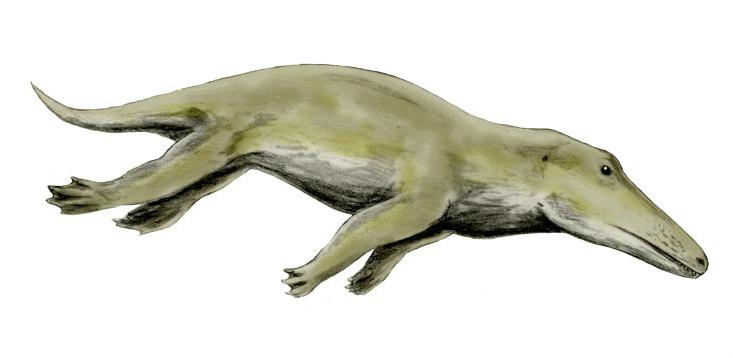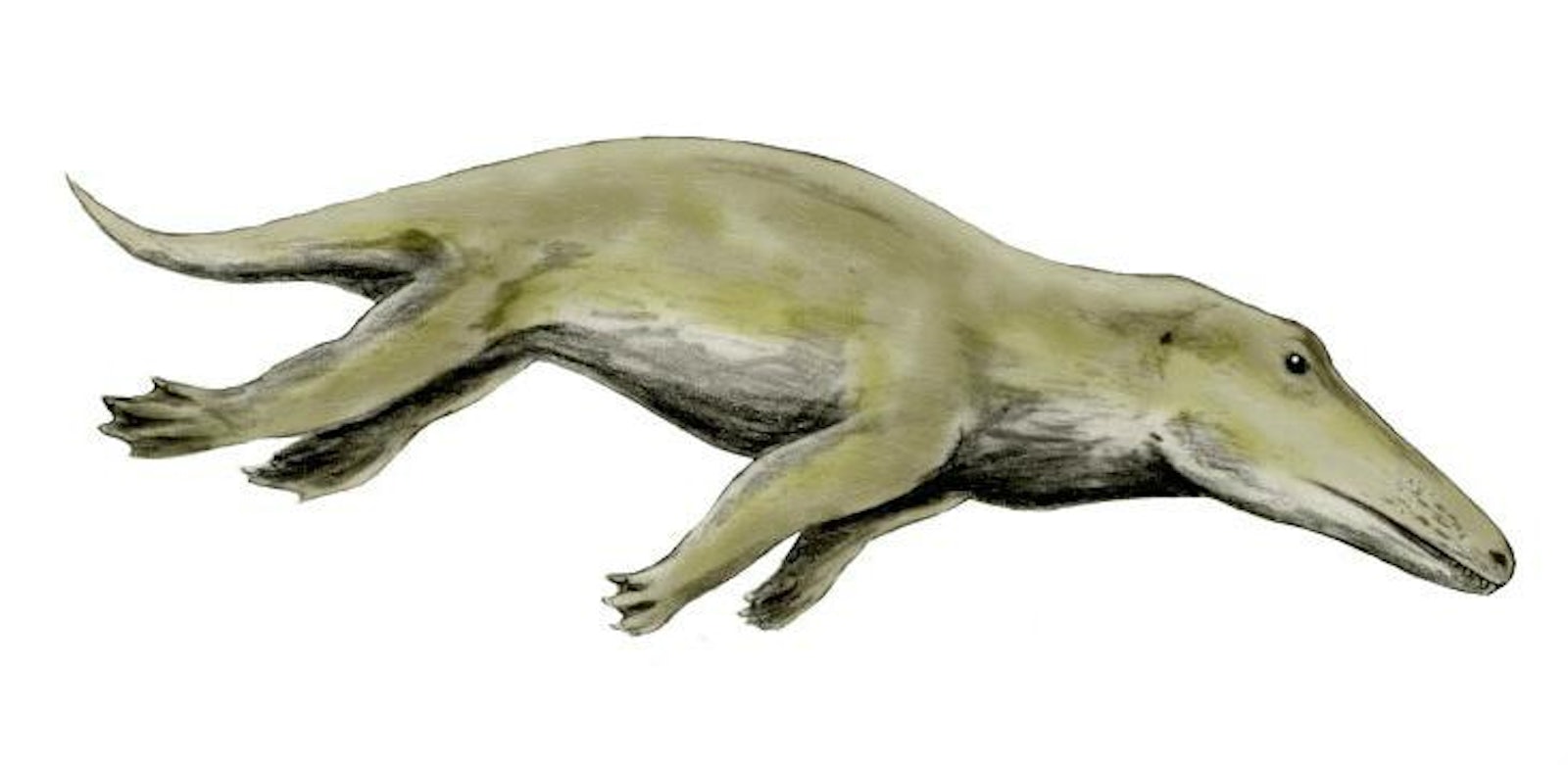
Taste plays an important function for most animals far beyond enriching their culinary experiences. At its most basic level, it’s a last-ditch defense against poison, telling the eater whether to swallow or spit out a mouthful of potentially lethal material.
Humans can detect five primary tastes: sweet, sour, salty, bitter, and umami (sometimes called “savory”). These sensations are useful indicators of whether a food is nutritious (sweet, salty, and umami), spoiled (sour), or toxic (bitter). Until recently scientists believed nearly all mammals shared these same basic tastes.
But new research suggests that the story is not that simple. For example, some rodents can taste a nutrient we cannot: starches. Other mammals appear to have lost the ability to detect certain flavors. In 2005, one paper reported reported that cats couldn’t taste sweetness. Their genes that code for taste receptors had mutated, making them unable to bind to sweet molecules.
In 2012, another study found that seven carnivorous species, including spotted hyenas, sea lions, and bottlenose dolphins, had also lost their “sweet tooths,” through different mutations. This had repeatedly and independently arisen throughout carnivore evolution simply because the trait was no longer needed. Since these animals evolved to eat meat, they didn’t need to develop a taste for sweet food like fruit. “When the animals were not consuming sugar to survive, there was a relaxation of evolutionary selection,” explains Dr. Gary Beauchamp, lead author of the study and director and president of the Monell Chemical Senses Center in Philadelphia. “When a mutation came along that made the receptor not work, that animal was just as likely to survive as one that didn’t have the mutation.” This particular study further suggested that bottlenose dolphins had also lost the ability to detect umami and bitterness.
A study published last month expanded on Beauchamp’s bottlenose research. The scientists analyzed the genomes of 15 different whale and dolphin species and found that they had all lost genes necessary for sensing four out of five primary tastes, probably around 36 to 53 million years ago. Only the genes connected to salty detection remained functional.
A similar but opposite phenomenon is believed to have occurred with the giant panda: It lost its taste for umami, which is connected with protein, when it evolved from eating meat to bamboo.
The extensive loss of almost the entire spectrum of tastes came as a big surprise. “We did not know four of five basic tastes could have been lost; we thought animals would die without basic tastes,” says Huabin Zhao, one of the study authors. “We thought the bottlenose dolphin [lacking sweet, umami, and bitter sensitivity] was an isolated case.” Such dulled taste perception could be dangerous. If toxic substances spill into the ocean and poison their prey, whales and dolphins might not be able to detect the danger. Zhao suggests this might be why orcas have been known to accidentally migrate into oil spills or why dolphins seem to eat fish loaded with algal toxins brought about by fertilizer runoff.
So how can these animals survive without four of the five tastes? Zhao offers three possible explanations. First, whales and dolphins tend to swallow their prey whole, and since most taste is released by chewing, the taste receptors might not be needed. Second, the high concentration of sodium in the ocean water could mask other tastes, thereby making it unimportant. Finally, it could have to do with the early, land-dwelling ancestors of cetaceans, the group that includes whales and dolphins. These small, furry land animals had been plant-eaters before becoming fully aquatic, and they may have lost some kinds of taste for the same reason other carnivores did. “A dietary switch from plants to meat in the whale ancestor may account for the major loss of sweet and bitter tastes because meat contains little sweet and bitter compounds,” Zhao says. He points out that a similar but opposite phenomenon is believed to have occurred with the giant panda: It lost its taste for umami, which is connected with protein, when it evolved from eating meat to bamboo. This could also be why the manatee—which also returned from land to water—kept its ability to taste, says Beauchamp. It still eats plants.
Seeing as cetaceans lack so much of the variety of flavor available to most other mammals, there’s also a question of what keeps them motivated to keep eating. John Glendinning, a biology professor at Barnard, hypothesizes that whales and dolphins are influenced by other factors that “reward” them for feeding. Perhaps the “post-oral stimulation of feeding,” or the positive feeling they get as nutrients get digested, drives them to keep hunting. Another possibility could be that they have other taste genes, not yet known to science.
“It’s very possible that there are receptors that we haven’t yet discovered,” Glendinning says. “We can’t quite conclude with certainty that these animals don’t taste anything. But it’s certainly true that if they are [tasting], they aren’t using the regular suspects.”
Simone M. Scully is a science and culture journalist based in New York City and an editorial intern at Nautilus. Follow her on Twitter at @ScullySimone.


























